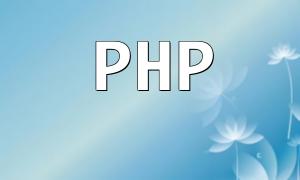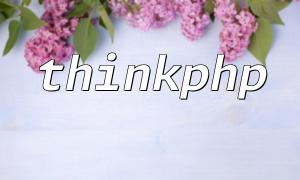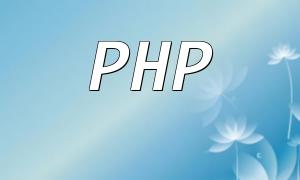Before implementing more complex features, it is important to understand the basic concepts in the Laravel PHP User Guide. Laravel follows an MVC (Model-View-Controller) architecture, and understanding this will help you organize your code and application structure more effectively.
Models are used for interacting with the database. Laravel's Eloquent ORM provides an elegant and simple syntax for database operations, making it easy to manage your data. Here's a simple example:
namespace App\Models;
use Illuminate\Database\Eloquent\Model;
class Post extends Model {
protected $fillable = ['title', 'content'];
}Views are responsible for displaying data. Laravel uses the Blade templating engine, which allows you to create reusable templates with simple syntax, improving code reusability and maintainability.
{{-- resources/views/posts.blade.php --}}
@extends('layouts.app')
@section('content')
{{ $post->title }}
{{ $post->content }}
@endsectionTo improve the performance of your application, you can follow some optimization tips. For instance, using Laravel's caching system to store query results can significantly increase the loading speed of your app.
use Illuminate\Support\Facades\Cache;
$posts = Cache::remember('posts', 60, function() {
return DB::table('posts')->get();
});Security is always a top priority when developing web applications. Laravel provides various mechanisms to protect your app, including protection against SQL injection and XSS attacks.
Laravel's query builder and Eloquent ORM automatically handle SQL injection issues, so you only need to focus on building queries securely. For example:
// Using binding parameters helps prevent SQL injection vulnerabilities
$user = DB::table('users')->where('id', '=', $id)->first();By following the best practices in the Laravel PHP User Guide, you can build efficient and secure web applications. Understanding the basic structure, optimizing performance, and enhancing security are the keys to success. I hope this article helps you better utilize the Laravel framework and improve your development experience.









